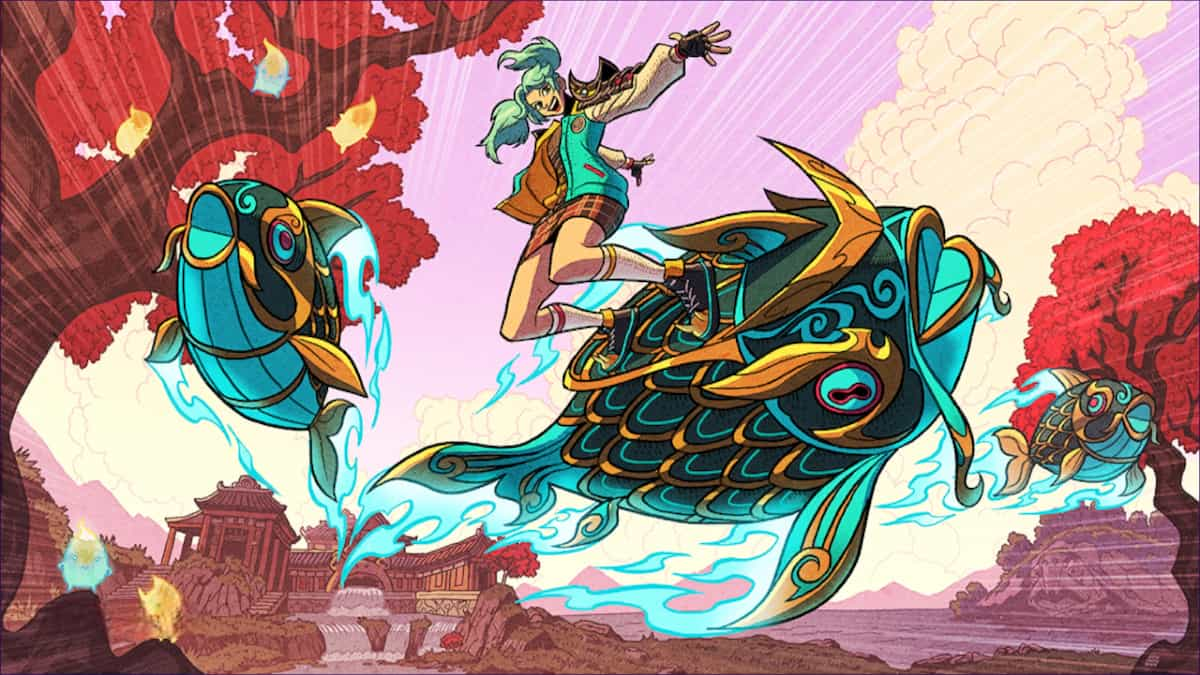The first DreamHack Hearthstone event of 2017, and the first in the Year of the Mammoth, is in the books—and the competitive meta seems just as unpredictable as the one on ladder.
American open circuit grinder David “Shoop” Steinberg took home the title, after nine rounds of Swiss and a single elimination playoff stage. He took home $7,500 for his win and his first trophy.
The tournament also gave fans a glimpse at what top players make of the Journey to Un’Goro meta. What decks were they running, and what new brews are there to try out on ladder?
Warrior stays in vogue
Though some analysts now believe the class is not the most powerful in the game, and it has fallen in popularity behind Paladin and Rogue on the legend ladder, every top-16 player brought it.
Taunt Warrior, making use of the powerful Warrior quest, was the most popular archetype among the playoff contenders. Eleven of them opted for some version of it, with relatively limited variation outside of cards like The Curator and Deathwing.
Five players did opt for Pirate Warrior to give them a more aggressive deck in their lineups. This versatility in the class is a big reason for its popularity, as it can be flexed into either control or aggressive strategies to fit alongside a player’s other picks.
The Paladin spectrum
Paladin’s remarkable rise through the meta continued at DreamHack, with 13 players bringing the class to the playoffs.
Pegging which archetype is which is a little bit harder though. Paladin is far more of a spectrum than a set of discrete archetypes, with everything from aggressive murloc-dominated decks to all-out control decks. A heavy control deck might have all the tools to stall the game, but also include a cluster of murlocs to compete in the early game, while more midrange decks like Mike “Danke” Shiller’s might focus on tokens.
The small selection of the available decks show that the class is still in its infancy in the Un’Goro meta. Even the best players out there are nowhere close to the optimal build.

Jade Druid can’t be underestimated
Perhaps surprisingly to players who focus on ladder, Jade Druid continues to be a potent and popular choice for tournaments.
The deck was pretty settled before the set rotation, but even with the new cards things seem pretty easy to figure out. For example, all of the players from the top 16 who brought Jade Druid added at least one Primordial Drake.
Seven of the playoff field brought Jade Druid, with Keaton “Chakki” Gill and William “Amnesiac” Barton opting for Token Druid with Living Mana instead.
Quest Rogue is here to stay
Unlike a deck such as Quest Hunter for example, Quest Rogue is definitely going to stick around.
Half of the playoff field brought Quest Rogue. Early versions of the deck played cards like Violet Teacher and Moroes to establish a board that could be turned into 5/5s, the list is now fairly stable with a focus on hitting the quest as soon as possible. Fire Fly, Glacial Shard and Igneous Elemental are pretty important parts of the strategy now, with Glacial Shard especially providing great utility.
Miracle Rogue is also definitely a thing, with two players opting to bring it. New cards like Hallucination and Razorpetal Lasher help fuel the Miracle engine of the deck, with new cards like Vilespine Slayer and Sherazin giving the deck new tools for board presence.
The best of the rest
Dragon Priest was perhaps surprisingly common, more so than either Freeze or Control Mage. Even with all the dragons removed from the Blackrock Mountain expansion, Primordial Drake and the insane power of Drakonid Operative mean it’s still a great utility deck in a lineup.
With just a pair each of Elemental and Jade Shamans, the three Hunter lists were relatively consistently aggressive. Warlock was the only class not to feature, confirming its wilderness status.





Published: May 1, 2017 12:06 pm